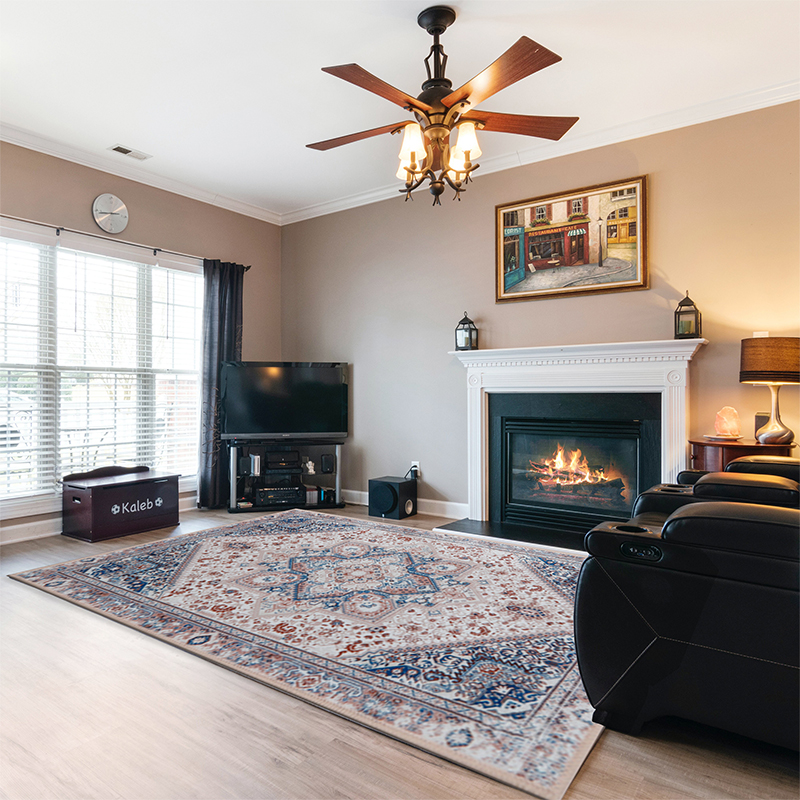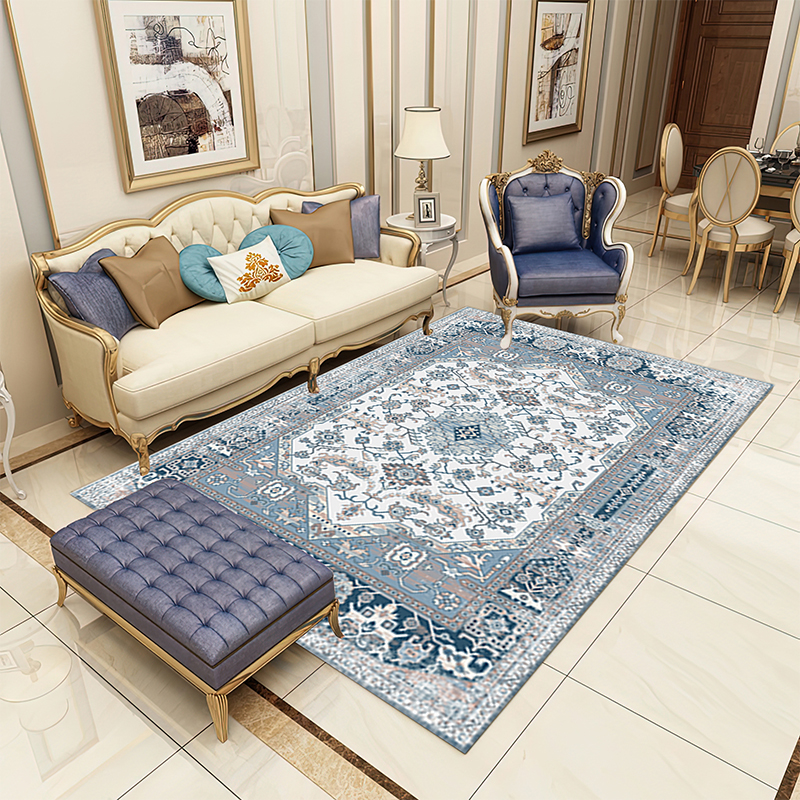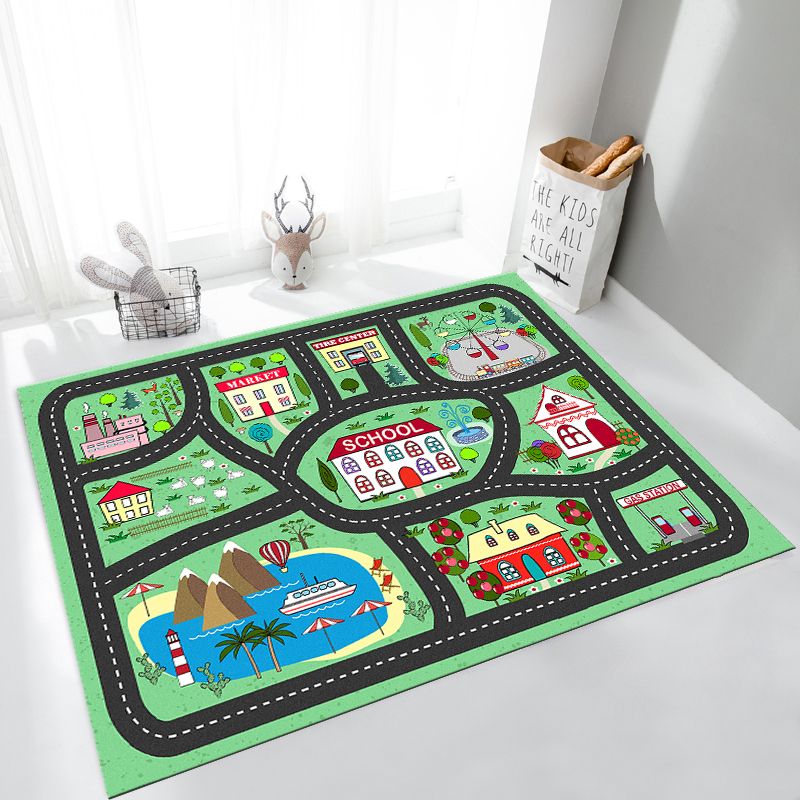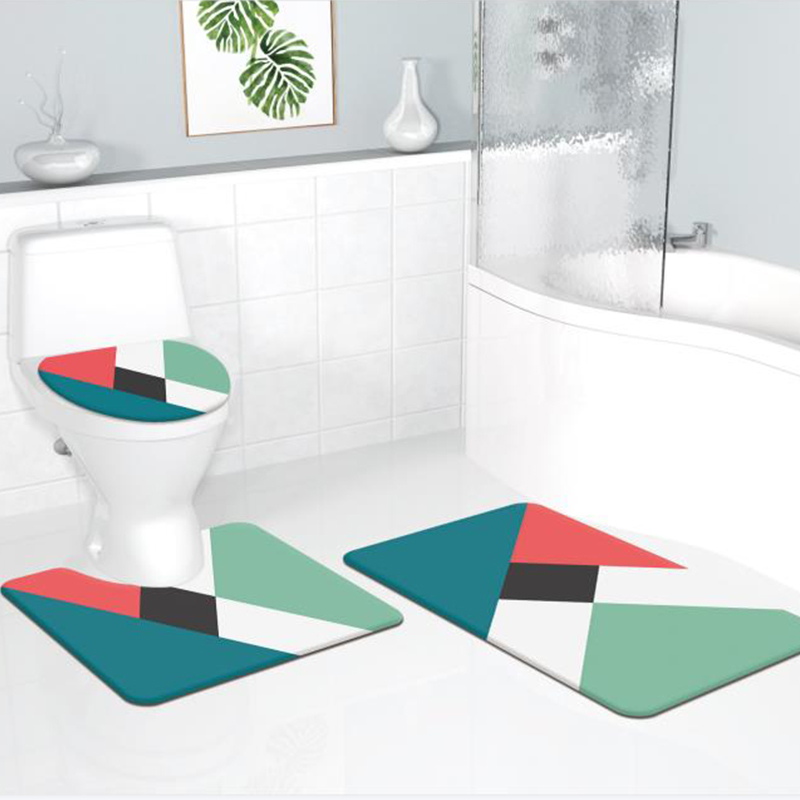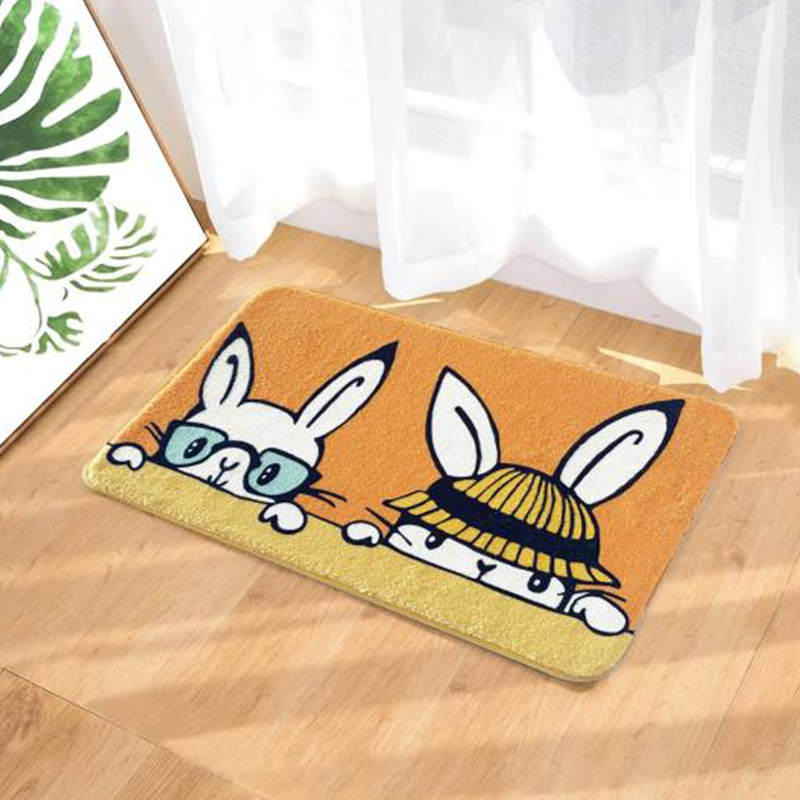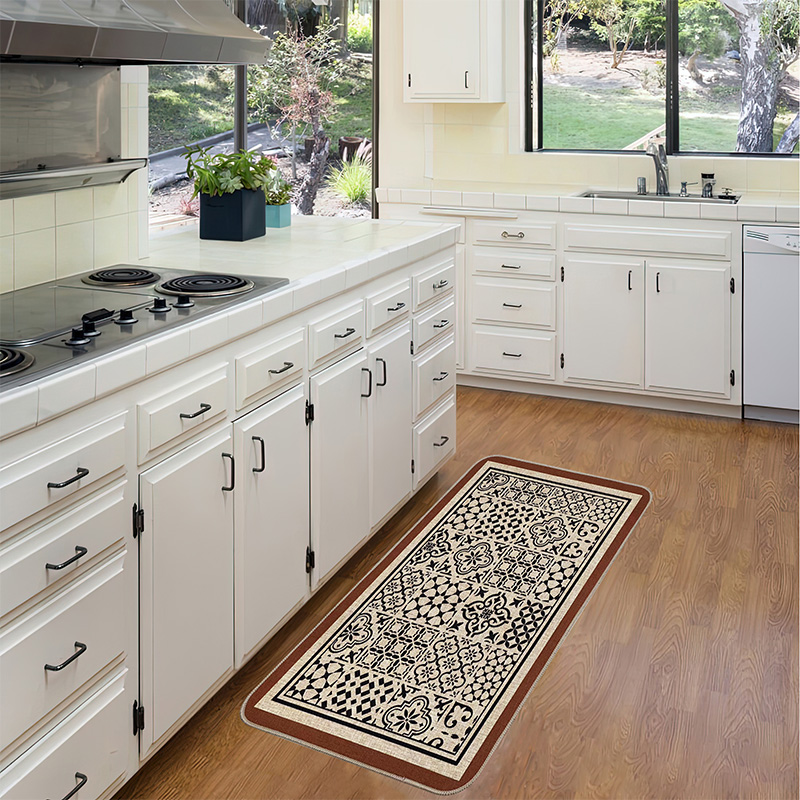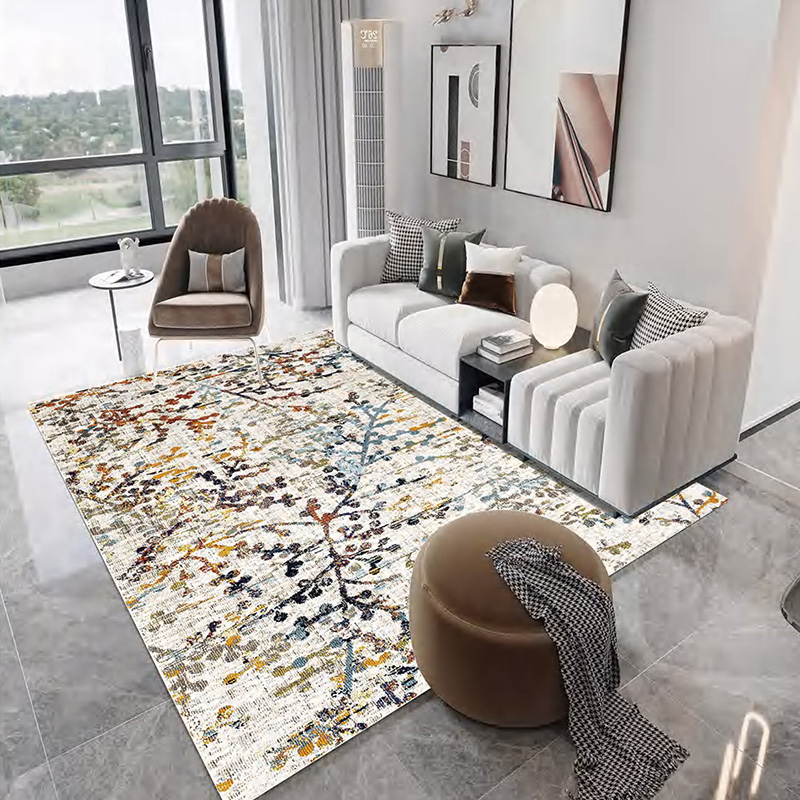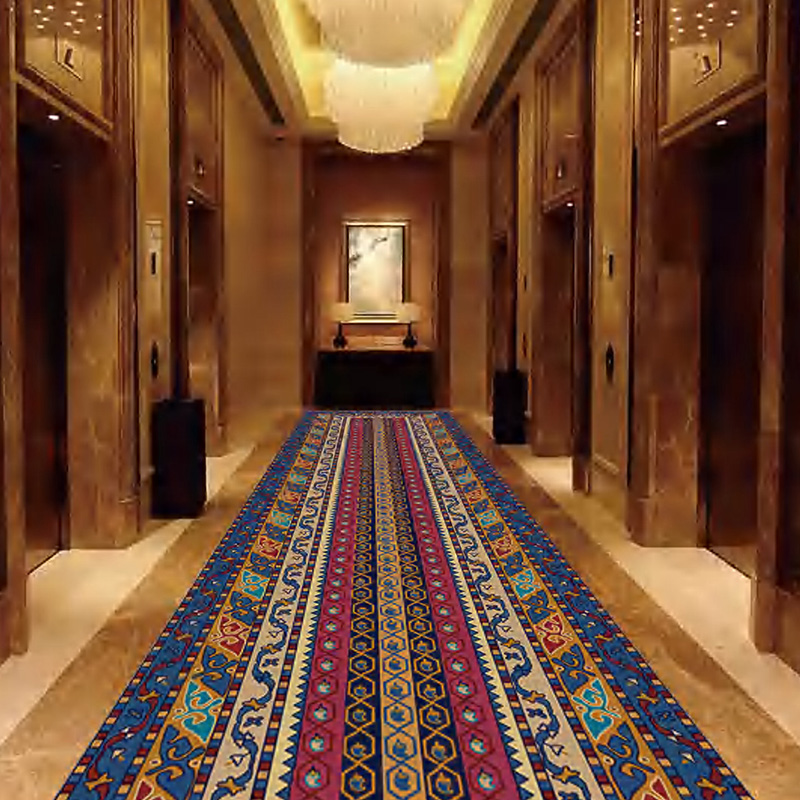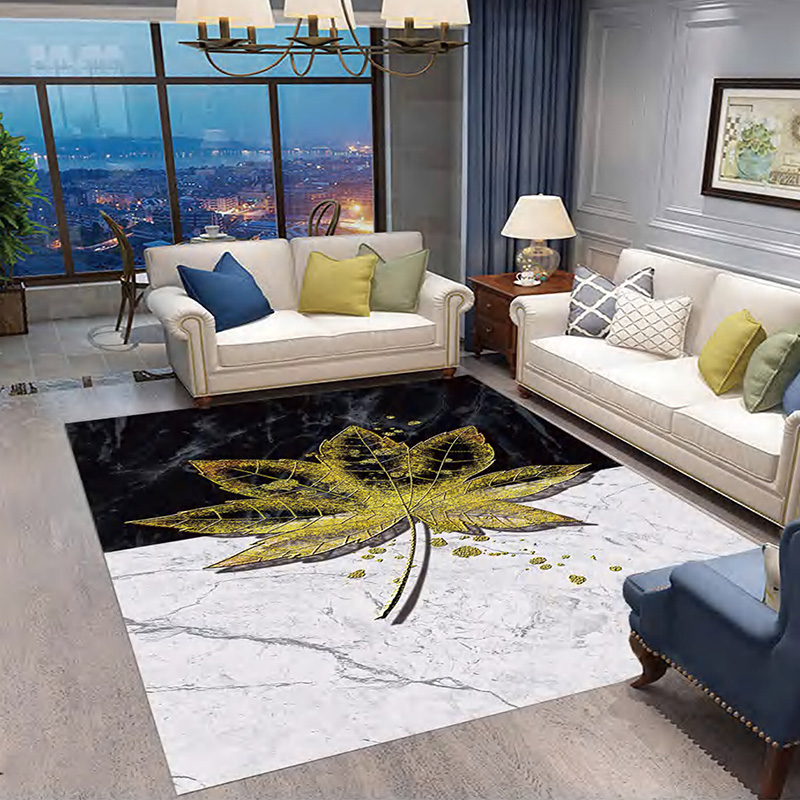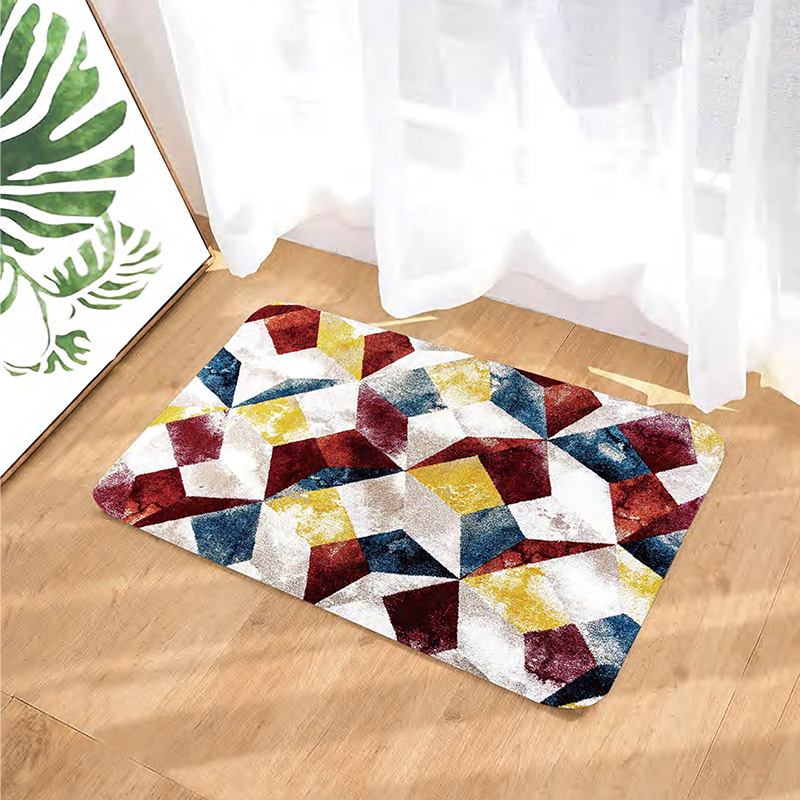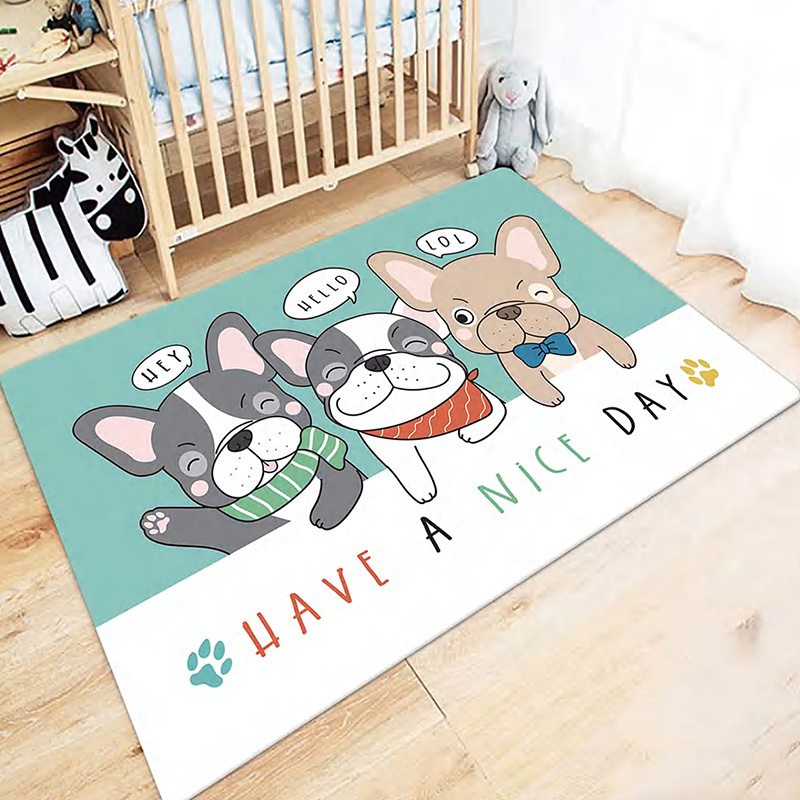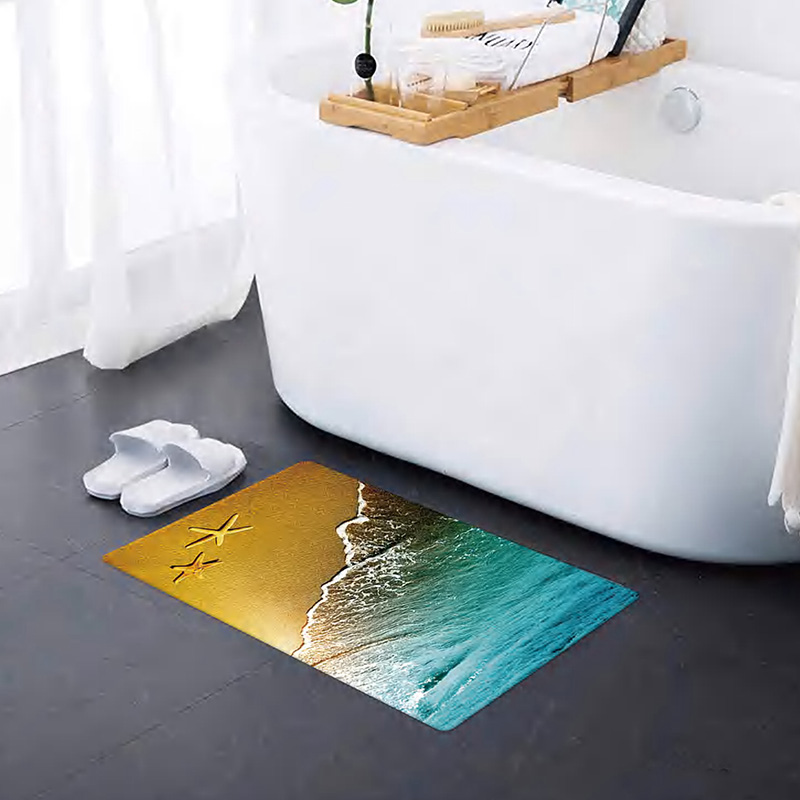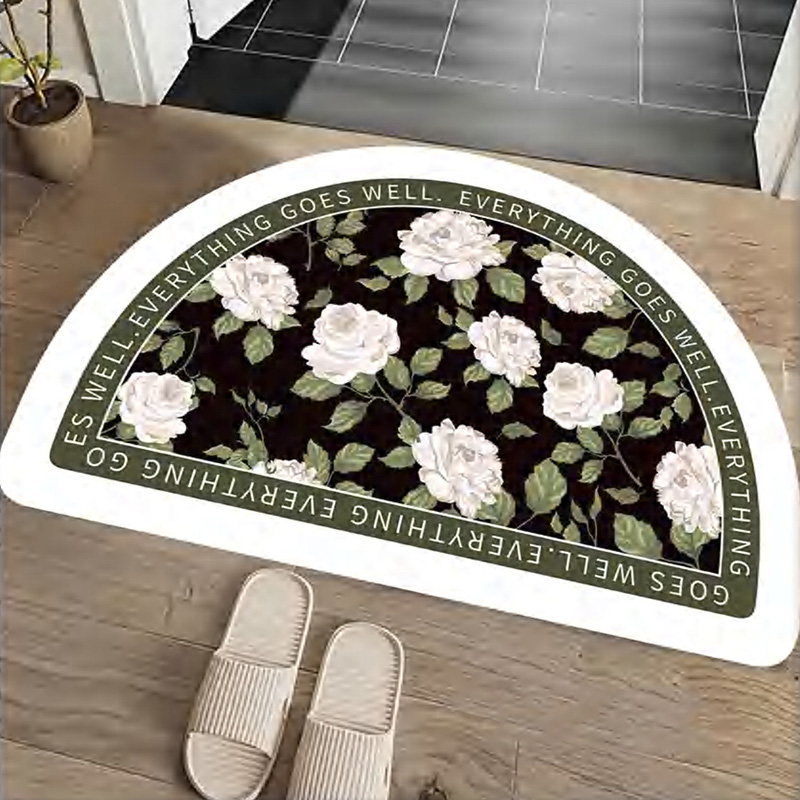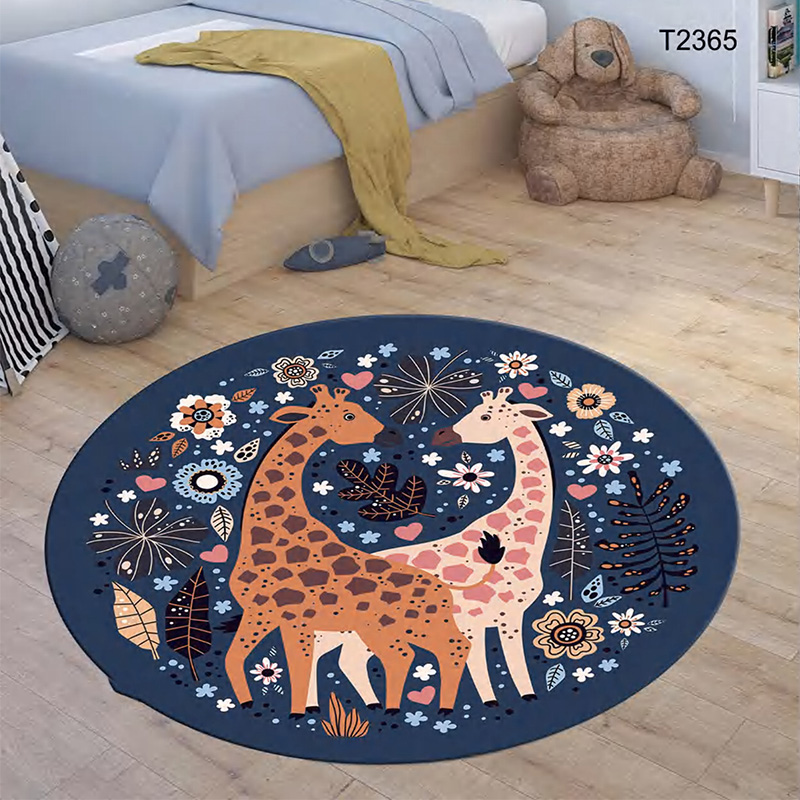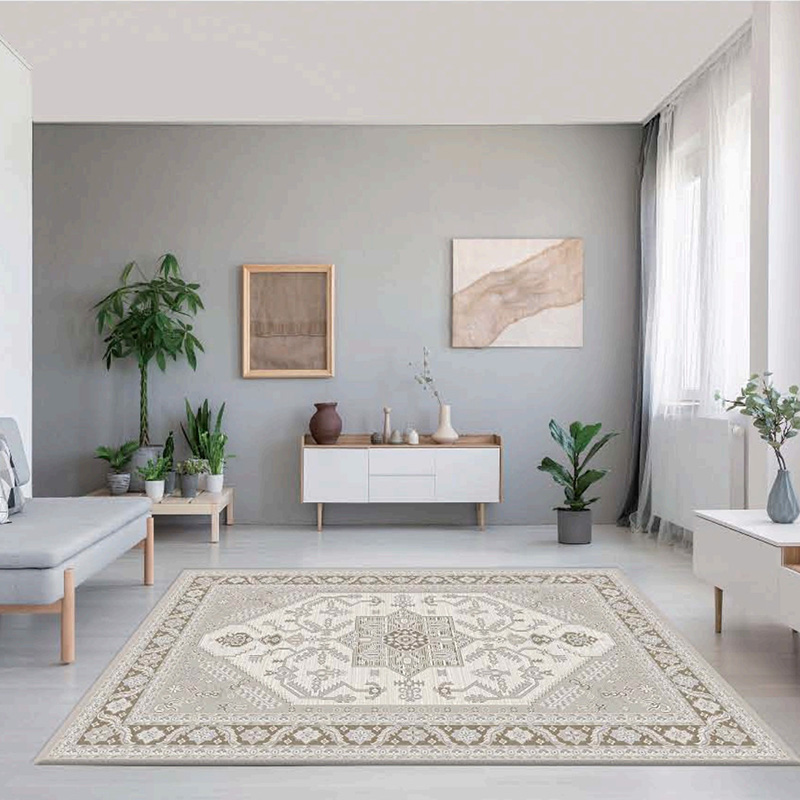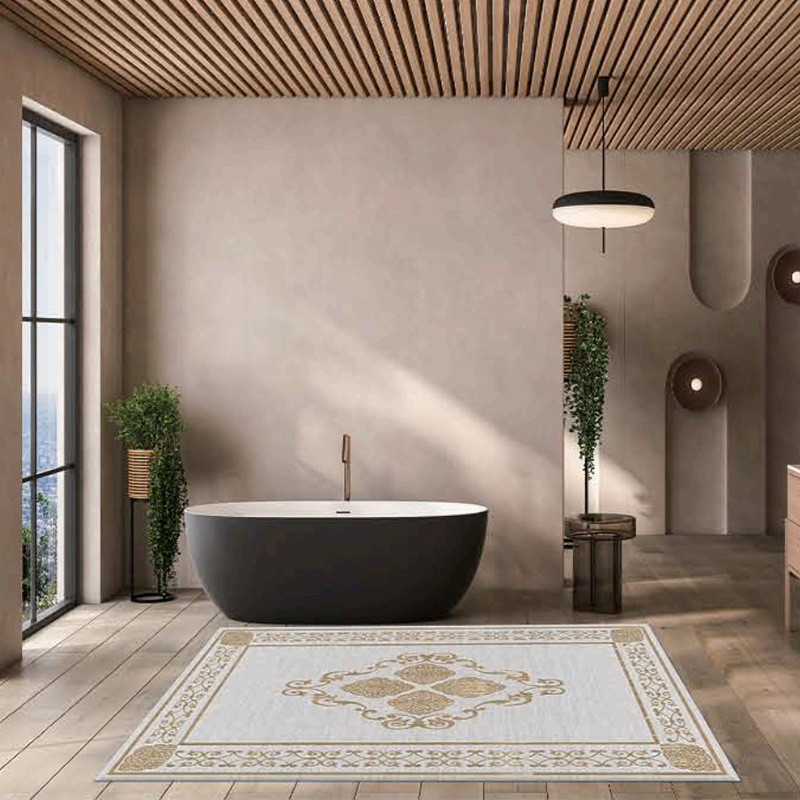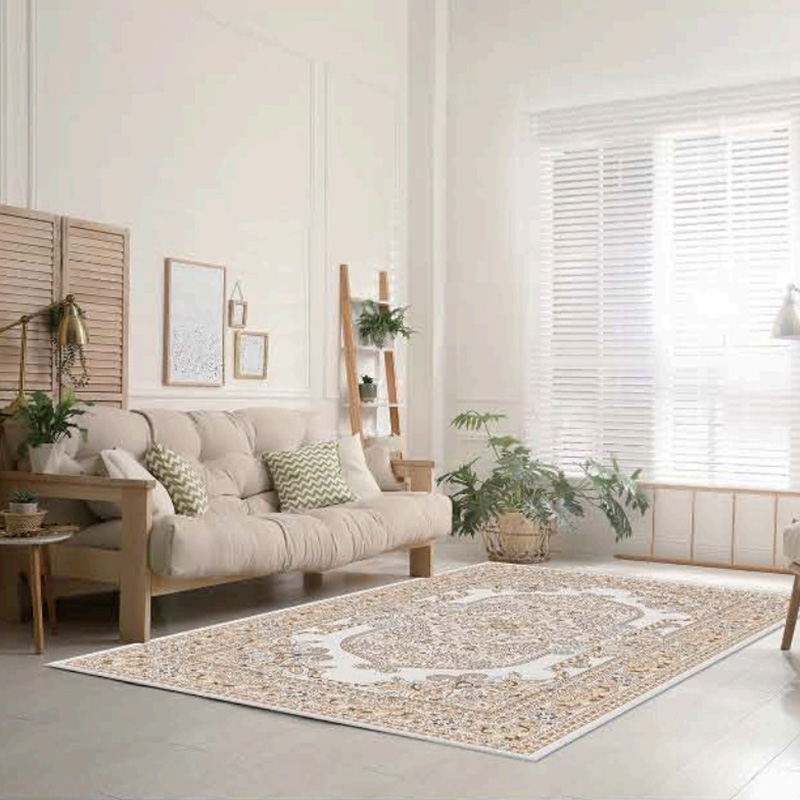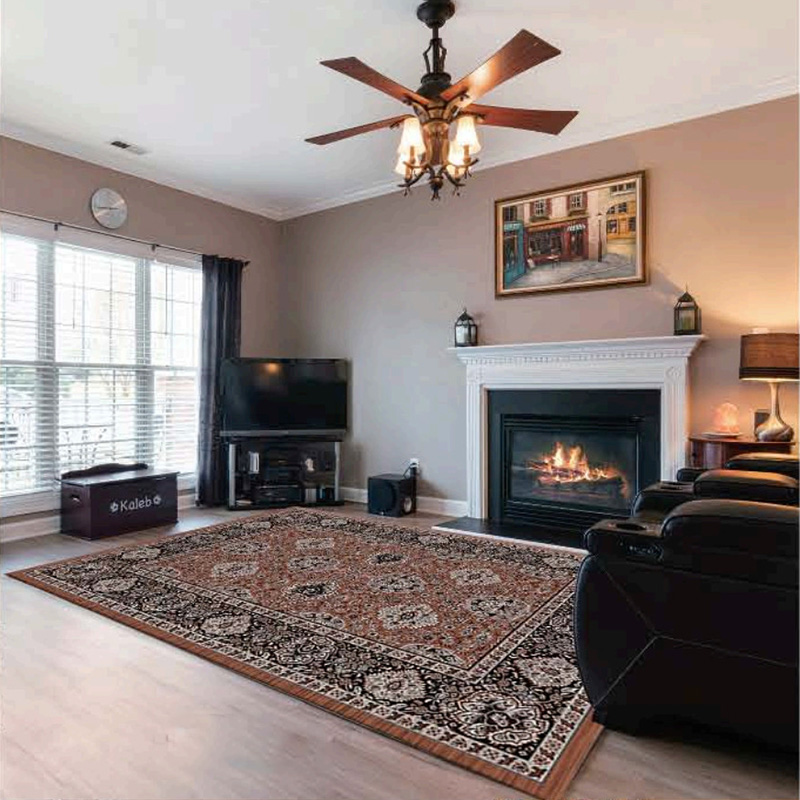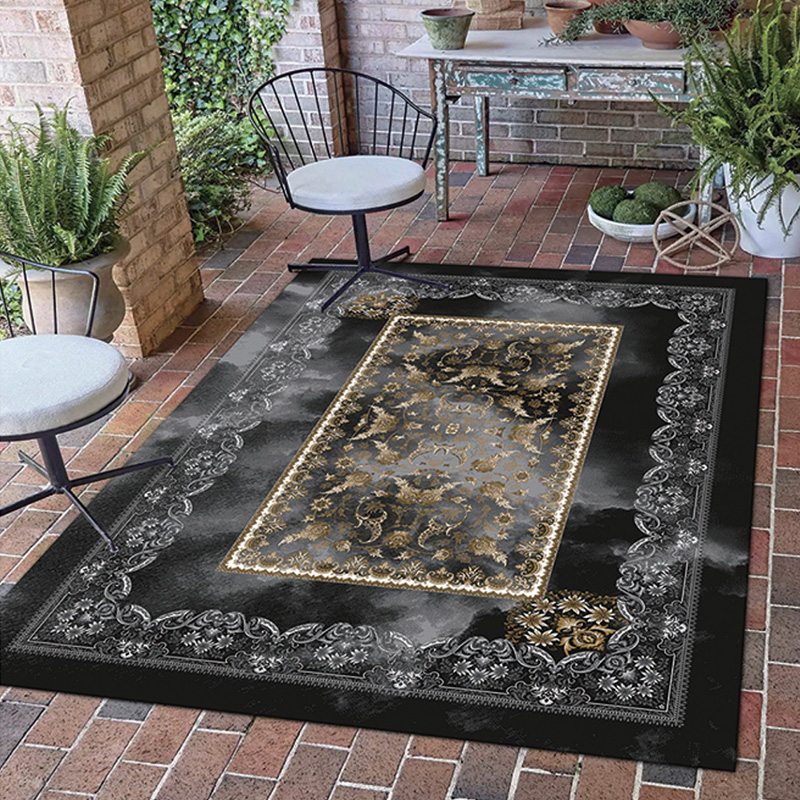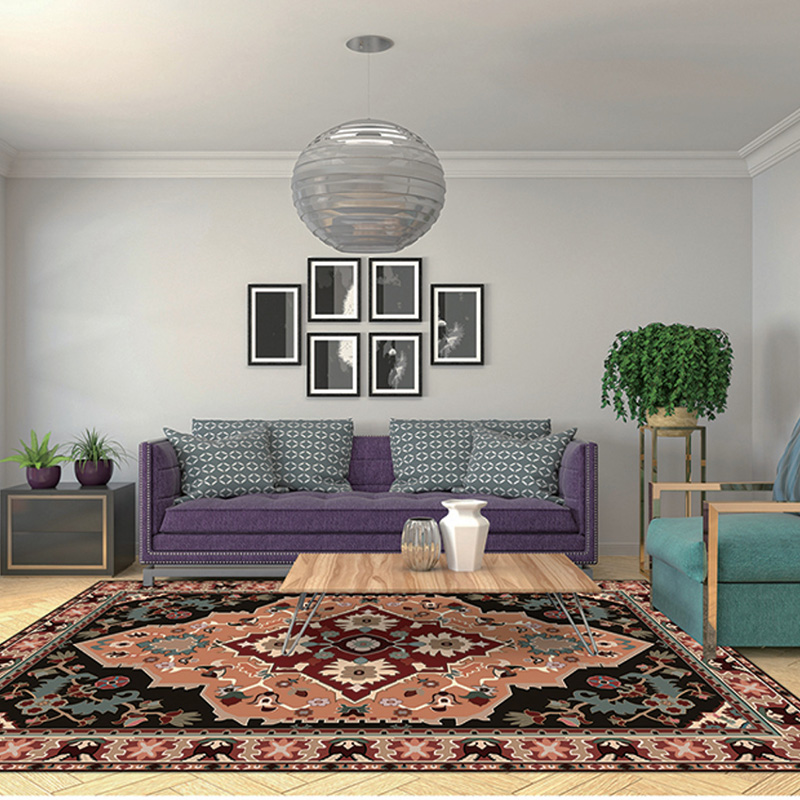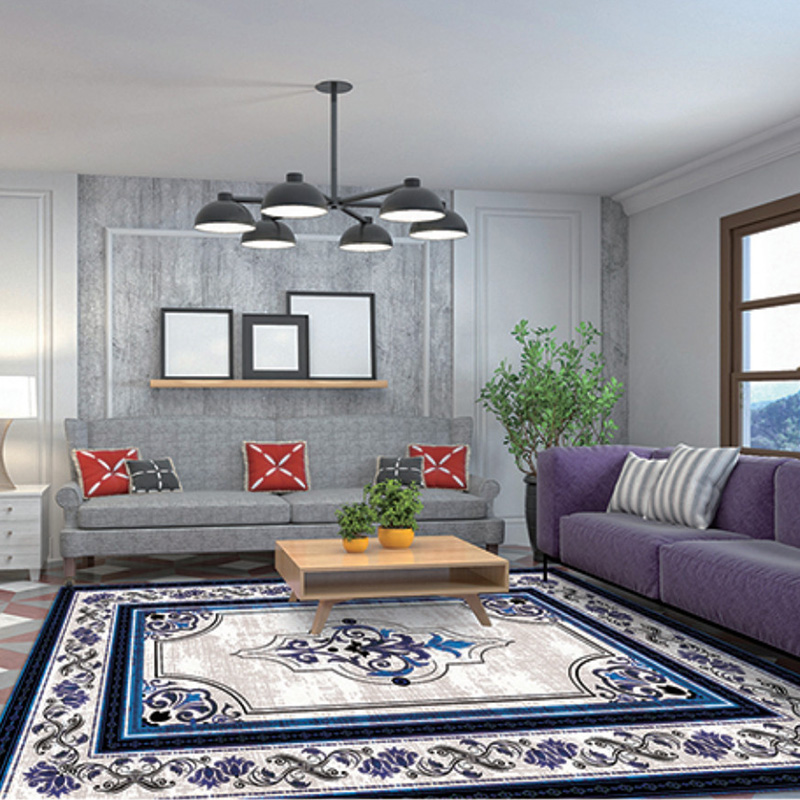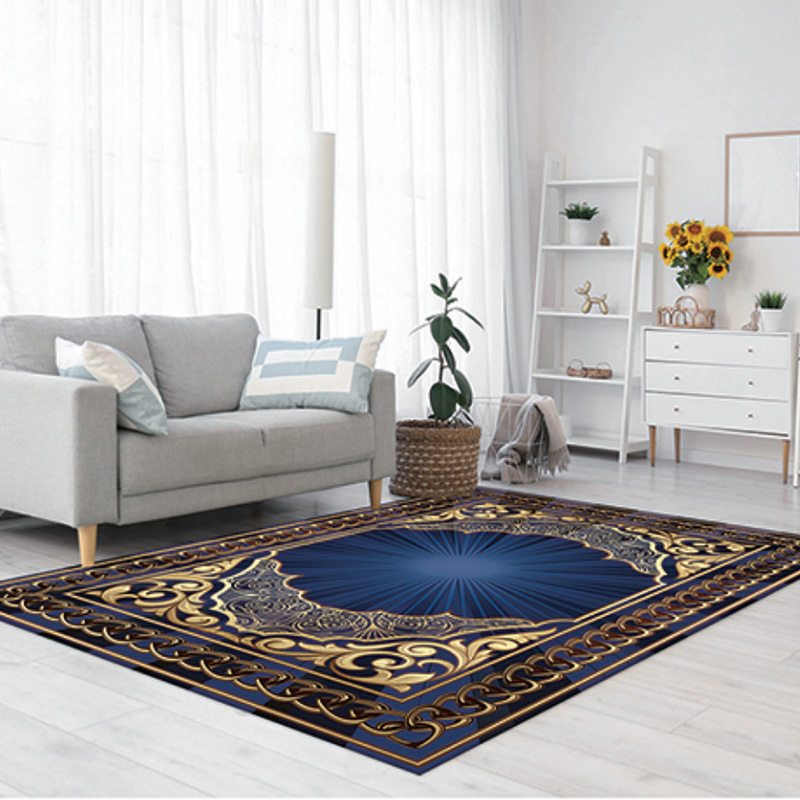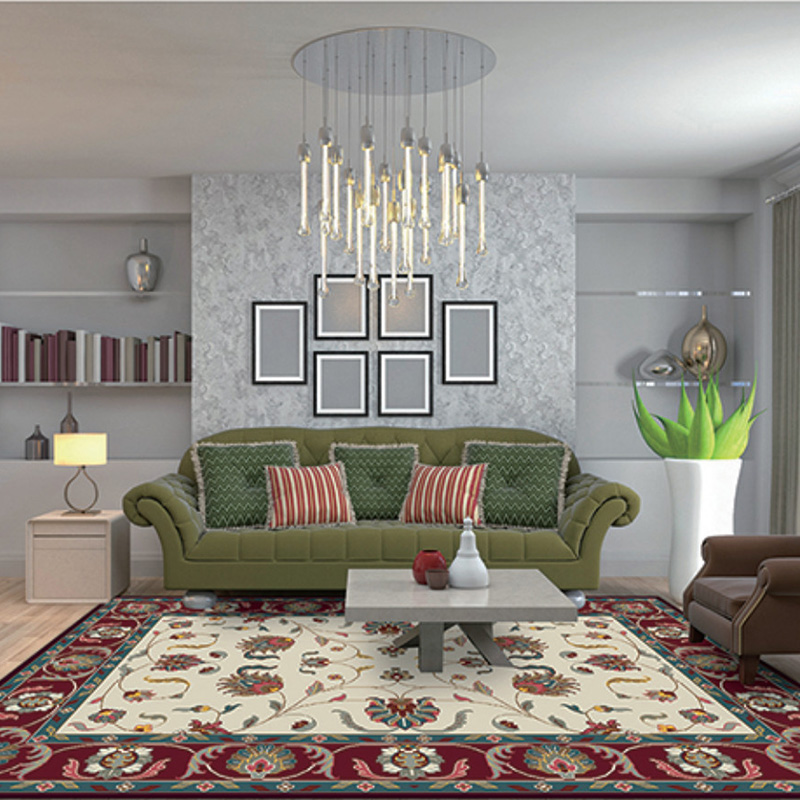The living room is undergoing a major transformation—not just in layout or furniture choices, but from the ground up. At the center of this design shift is the rising demand for modern area rugs for living room spaces, which are no longer viewed as simple accessories, but as foundational elements of contemporary home design.
As consumers lean into the idea of curated living spaces that combine comfort, function, and personality, modern area rugs are fast becoming the cornerstone of visual storytelling within homes. With their ability to anchor furniture, soften acoustics, and inject color and texture, these rugs are redefining how designers and homeowners approach floor planning in the 2020s.
The Living Room as a Canvas
Once used primarily to protect flooring or reduce noise, modern area rugs for living room environments are now taking center stage. They’re no longer passive decor—these rugs establish zones, add contrast, and unify a space without the need for physical walls or partitions.
With open-concept floor plans becoming increasingly popular, particularly in urban and suburban homes, area rugs help distinguish seating areas from dining or work zones. A well-placed rug beneath a sectional sofa or coffee table can ground the space visually while adding warmth and cohesion.
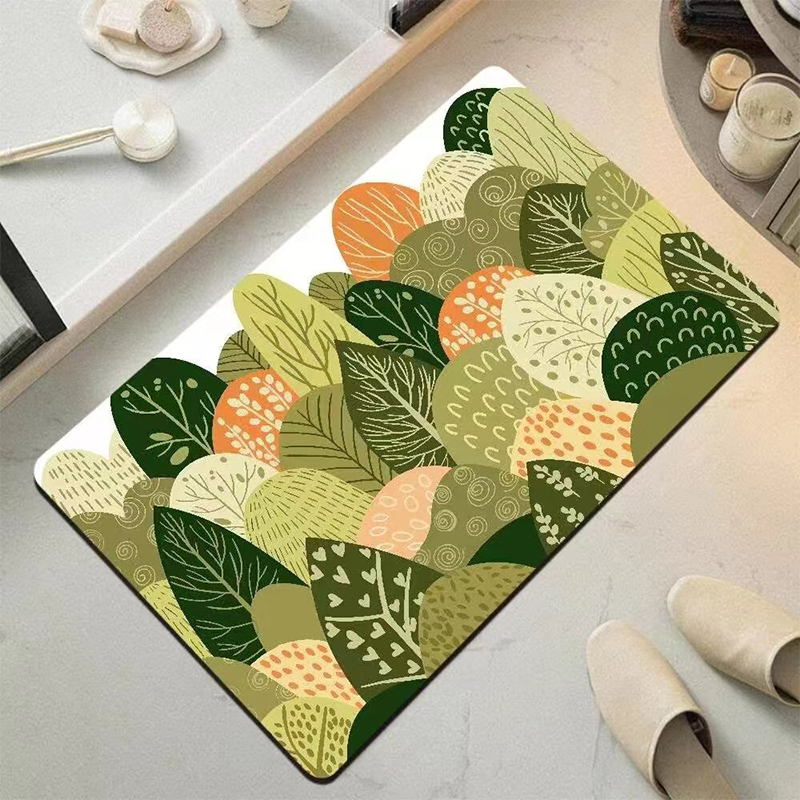
“Modern rugs are one of the few design tools that can simultaneously divide and connect a room,” says Eliza Harmon, a residential interior designer based in Austin, Texas. “They’re especially important in multifunctional living rooms that have to serve as offices, play areas, or entertainment centers.”
Materials and Manufacturing Get a Modern Upgrade
Today’s modern living room rugs reflect advancements in materials and production techniques that prioritize both aesthetics and practicality. Synthetic fibers like polypropylene, polyester, and nylon dominate the mid-range market, offering high durability, vibrant colors, and easy maintenance.
For luxury buyers, wool-blend rugs and eco-friendly options like recycled PET (made from plastic bottles) are gaining popularity. These materials offer softness, stain resistance, and a more sustainable footprint—making them ideal for family-oriented spaces that must endure frequent use.
Manufacturers are also integrating machine-washable capabilities into rug design. Brands like Ruggable and Tumble are producing modular rug systems where the top layer can be removed and washed in a standard machine, addressing one of the biggest historical complaints about rugs in high-traffic areas: difficult cleaning.
Design Trends Reflect Consumer Personalization
Unlike the uniform styles of past decades, modern area rugs today embrace bold individuality. Abstract prints, geometric lines, distressed vintage aesthetics, and even pop-art inspired designs are appearing in living rooms around the world.
Neutral color palettes remain popular—especially in Scandinavian or Japandi-inspired interiors—but vibrant hues such as deep teal, rust orange, ochre, and sage green are making waves among homeowners looking to add visual excitement to neutral furniture.
Custom sizing and personalization are also trending. Digital retail platforms now offer tools that let users visualize rug options in 3D room layouts, choose custom dimensions, or even upload a design to create a bespoke rug—all at accessible price points.
Retailers Respond with Curated Collections
As the demand for modern area rugs surges, both online and brick-and-mortar retailers are responding with curated, style-specific collections for living rooms. Companies like Wayfair, West Elm, Urban Outfitters, and Revival Rugs now categorize rugs by aesthetic: Mid-Century Modern, Industrial, Boho, Minimalist, Coastal, and more.
This helps buyers quickly find options that align with their existing interiors. “It’s no longer just about price and size,” explains Jordan Feldman, a merchandising executive for a U.S. home goods chain. “It’s about vibe and lifestyle. Shoppers want rugs that reflect who they are.”
Commercial and Collaborative Design Growth
Interestingly, the influence of modern living room rugs is not limited to residential design. High-end commercial spaces—such as hotel lobbies, co-working lounges, and upscale waiting areas—are adopting residential-style rugs to bring warmth and comfort to public settings.
Collaboration between designers and rug manufacturers is also on the rise. Influencers, interior design studios, and fashion brands are launching limited-edition rug lines that blend trendsetting visuals with practical form factors for modern living.

 英语
英语 阿拉伯语
阿拉伯语 德语
德语
